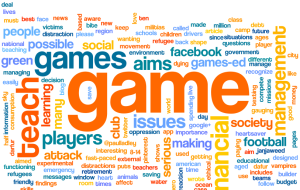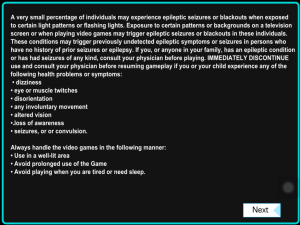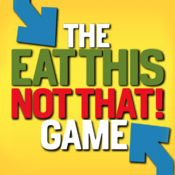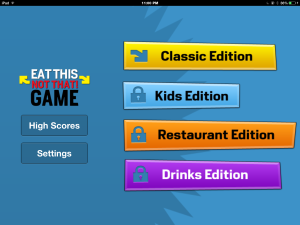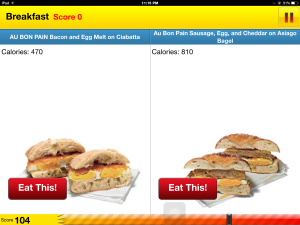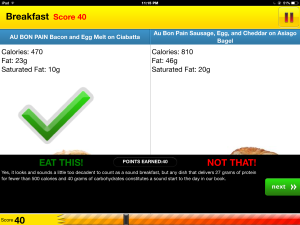#MI227 #4
Evaluation of an Electronic Health Record: the Personal Health Record or PHR
As part of course work for #MI227 Clinical and Laboratory Information Systems, we were tasked to evaluate an electronic health record system using published tools. I have chosen to evaluate webMD’s personal health record (www. webMD.com/phr) using as basis for evaluation the paper published by Pushpangadan S and Seckman C, on Consumer perspective on personal health records: a review of the literature.
Personal Health Record (or PHR) by definition is “an electronic, lifelong resource of health information needed by individuals to make health decisions.”( The American Health Information Management Association (AHIMA) in Burrington-Brown et al., 2005, p.4). With the PHR, an individual can manage, maintain and interact with his personal health information, personalizing and tracking health information. PHRs collect, track and store medical data in one accessible source. WebMD makes this accessible via the web, so that only an address, an internet access, and the individual’s password will allow sharing of this data. PHRs supply a means to monitor, maintain and support healthcare activities throughout an individual’s life span.
The following evaluates the PHR using the WebMD platform.
Usability
Is it user friendly? 4/5
Prescriptions and Refills 0/5
Viewing of
Medical History 4/5
Test Results 4/5
Medication History and Current Medications 4/5
Drug Interactions and Warning 4/5
I created a PHR for my mother because of the numerous ailments and medications she is taking. I found it user friendly, with her medical records viewable with date of diagnosis. Test results are entered manually (this can be tedious) and can be plotted over time if tracked. The results can also be scanned or uploaded. Current medications and history are listed clearly, with clear drug interactions and warnings. However, I wasn’t able to access the direct usability for prescriptions and refills, but this may be because I am a user from the Philippines and not the US.
Communication
PHRs improve communication with providers 5/5
Provider communication
Via email 3/5
Scheduling of appointments and reminders 3/5
Sharing of results 5/5
Resources and recommendations regarding health issues 4/5
Capable of being incorporated into an EMR 3/5
Using my mother’s example, the PHR listing provides good communication with providers as the PHR can be printed as a pdf file. Repeated history taking and date recall become a breeze with the PHR. Full communication with the provider, however, via email, and scheduling of appointments as well as reminders are not fully utilized (perchance because of my location). Sharing of results is easy either via full access of the PHR with a link or password, or via soft or hard copy sharing of pdf files, but full interoperability with an EMR remains to be proven. References and recommendations are provided if one is interested.
Medical terminology
Was medical terminology explained and understandable? 4/5
Was medical terminology in simpler words or layman’s terms? 3/5
Was an online dictionary embedded for easy reference? 3/5
Resources and recommendations 4/5
Health information and health promotion 4/5
While medical terminologies are not explained on the outset, links and reading materials are provided for better understanding. An embedded dictionary, however, is lacking, as the resources provided are also difficult reads for the layman. The information is readily available, however, to the interested PHR user. Health information and health promotion is aided by health tracking and education.
Privacy and Security
Is it HIPAA compliant? 4/5
Can patient control with whom they want to share data with? 4/5
To a certain extent, HIPAA compliance is probably a given, as the platform is used widely in the US with strict privacy and confidentiality rules. To a certain extent, the patient controls with who data is shared with. Latest terms and conditions, however, have clauses that permit data sharing of some personal information and is a concern.
References:
- Pushpangadan S, Seckman C. Consumer perspective on Personal Health Records: A Review of the Literature. http://www.himss.org/ResourceLibrary/GenResourceDetail.aspx?ItemNumber=39756. Accessed March 25, 2016.
- Burrington-Brown, J., Fishel, J., Fox, L., Friedman, B., Ginnangelo, K., Jacobs, E.,… & AHIMA e-HIM Personal Health Record Work Group. (2005). Defining the personal health record. AHIMA releases definition, attributes of consumer health record. Journal of AHIMA/American Health Information Management Association, 76(6), 24.
- Abramson, E.L, Patel , V., Edwards, A. & Kaushal, R. (2013). Consumer perspectives on Personal Health Records: A 4- community study. American Journal of Managed Care. 20(4):287-96.
- Somner, J., Sii, F., Bourne, R., Cross, V., & Shah, P. (2013). What do patients with glaucoma think about personal health records? Journal of Ophthalmic Physiological Optics,33, 627-633. doi: 10.1111/opo.12084
- Fricton, J. R., & Davies, D. (2008). Personal Health Records to improve health information exchange and patient safety.Agency for Healthcare Research and Quality. Retrieved from http://www.ncbi.nlm.nih.gov/books/NBK43760/
- Patel, V., Abramson, E., Edwards, A., Cheung, M., Dhopeshwarkar, V., & Kaushal, R. (2011). Consumer attitudes toward personal health records in a beacon community. American Journal on Managed Care, 17, 104-120.






